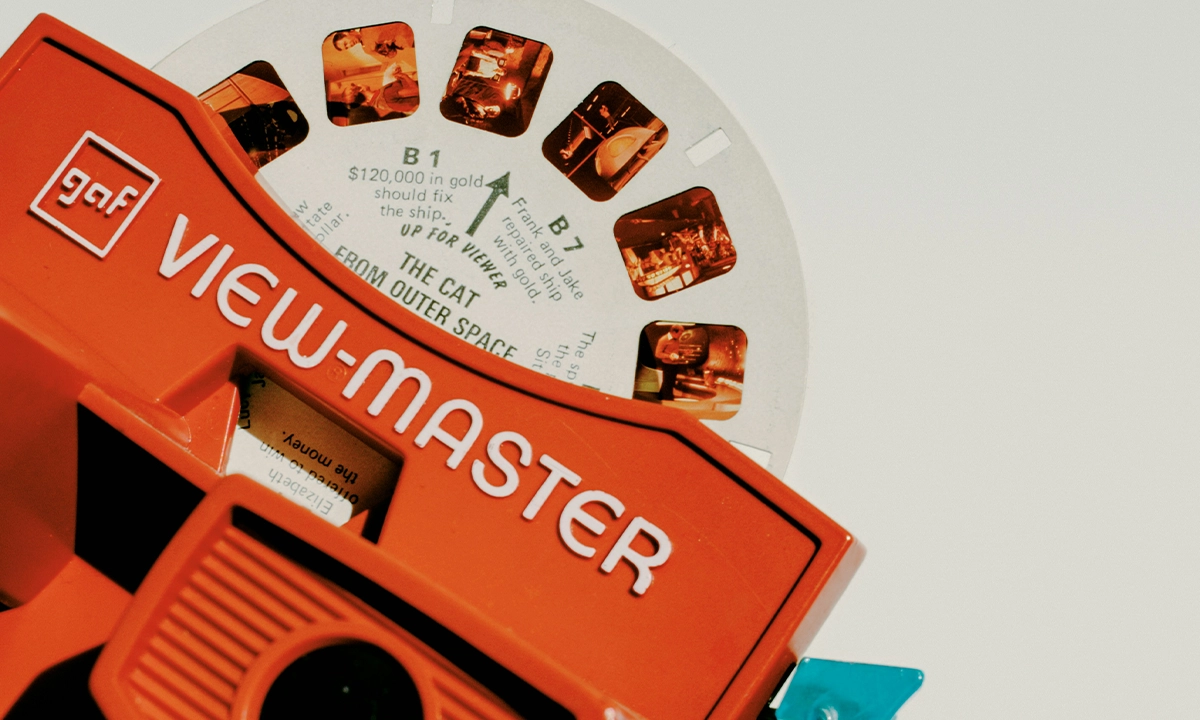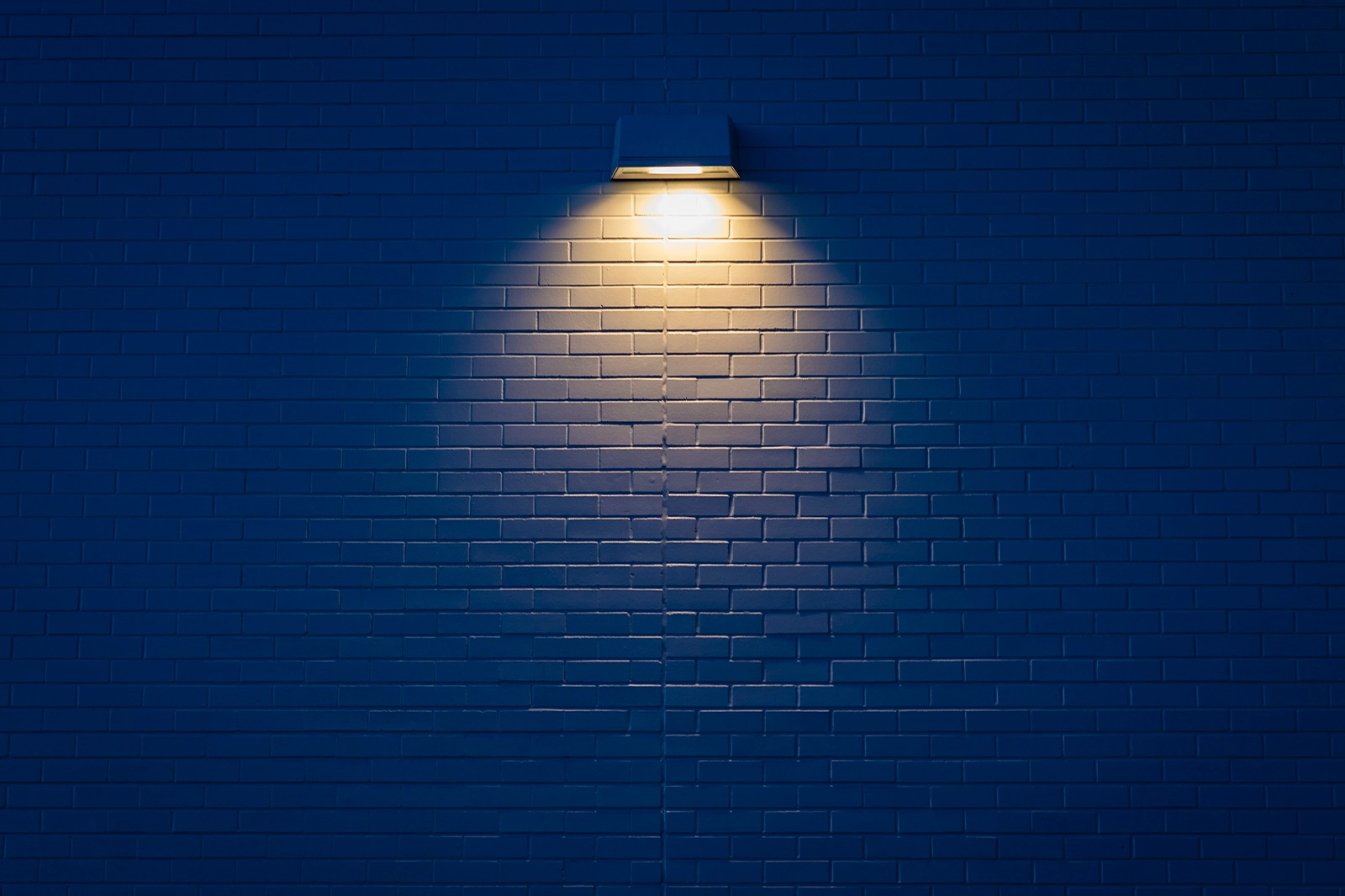What Is Nostalgia in Art?
Nostalgia is boiled down to its lowest common denominator, sentimentality, but in the artist's hand, it's far more nuanced. It is not merely yearning—it is syntax. A picture of a grandma's kitchen table, a faded tape recording, a painting of a corner of childhood—these are not mere remembrances, they are narratives with suspended clauses. Art that exists in the form of nostalgia gives the freedom to gaze, reassemble, and reinterpret.
Where others might view it as decadence, artists view it as material. Nostalgia adds depth. It adds contrast. It puts personal narrative in common ground. And the difference between a piece that employs nostalgia intentionally and one that slips into kitsch too readily becomes one of intent: Is the artist merely nostalgic? Or are they recontextualizing past to gain insight into present?
The Brain on Memory: Why We Return
From a neuroscientific perspective, nostalgia stimulates the areas of the brain associated with emotion, memory, and fantasy. Both the hippo campus, structure building for memory, and the amygdala, the center of emotional processing, are activated when we remember significant memories from our past.This reactivated feeling is a rich garden of creativity.
Why? Because memory is not absolute. Each time we recall, we re-create it a little differently. Artists tend to find this space between what was and what is recalled to be fertile. It's that murkiness—where emotion tints reality—that gives nostalgic art such power.
Memory, too, is circular. As artists mature, they always come back to some scenes, moments, and objects—not to redo them, but in attempting to learn more about them. And in the process of creating art, they usually find significance that they could not express previously.
Mediums of Memory
Some mediums literally just beg to be used for nostalgia. Photography is maybe the most obvious: it's a literal snapshot of something past. But beyond snapshots, artists are using analog film, Polaroids, contact sheets, and aged expired negatives to capture the grime and imperfection of the past.
Videomakers and filmmakers are returning to VHS look—grain, blur, overexposure—not as a style conceit, but in an attempt to achieve the same emotional currency of older home movies. Collage has also come back with a vengeance. Artists are decoupaging shredded paper, found materials, scribbled-around-in-handwriting notes, and old fabrics into works that are intimate and universal.
Textiles and ceramics entered into this conversation as well. Quilts made out of cast-off clothing, pots with patterns carved into them passed down through ancestors—these tactile forms connect past hands to present ones. Memory is not always seeing; it's touching, smelling, hearing. The shapes in which several senses can be engaged have the greatest emotional significance.

When Nostalgia Becomes Language
Nostalgia is strongest in art when it's being employed as a means to signify something else. That can be an exploration of cultural identity, a denouncement of lost cultural norms, or an examination of personal trauma.
New artists particularly are employing memory as a means of positioning themselves in a world that frequently appears de-anchored. They're drawing upon family collections, reenacting childhood rooms, or reframing cultural icons—distorting received stories in fresh ways. While doing so, they're not merely speaking about themselves—they're linking their stories to larger social and generational ones.
Most importantly, the greatest nostalgia art is no escape from the present, it's confrontation with it. It employs the past's language to pose questions of the day. What have we lost? What have we survived? What do we want to remember—and what have we forgotten?
The Risk and Power of Looking Back
In fact, emotive nostalgia and aesthetic excess are a thin line to walk. Indulge too much in the sentimental comfort of "the way things were," and the piece becomes so much in the way of ornament, instead of expression.
The test for the artist is not to idealize. Real nostalgia in art is nuanced. It admits both pleasure and pain. It invites the viewer to stay within the uncomfortable reality that memory betrays us, but feeling doesn't.
Used judiciously, nostalgia can be an artist's compass—not retrograde, but in that it enables artists to map out where they've been. It's strongest when we're undergoing individual or cultural transformation. When the future is uncertain, memory can anchor us—but only if we allow it to transform.
Final Thought
Nostalgia isn't looking back. It's reaching in. For most artists, the strongest work starts in those soundproof rooms of memory—where scent, sound, and faces flash and disappear, and the only way to give sense to it is to create.
In a world whirling by, nostalgic art gives pause. It slows us down. It invites us to remember. And remembering, we don't just relive—we reimagine.
So the next time you look at a painting that's a fragment of memory or an instant of childhood genius, look closely. What you're looking at isn't memory—it's movement. It's a painter distilling sense out of loss, out of time, out of love, and out of identity through one lens only: the past.
Because the work of memory is never really about the past—it's what we decide to hold on to.

.svg)
















